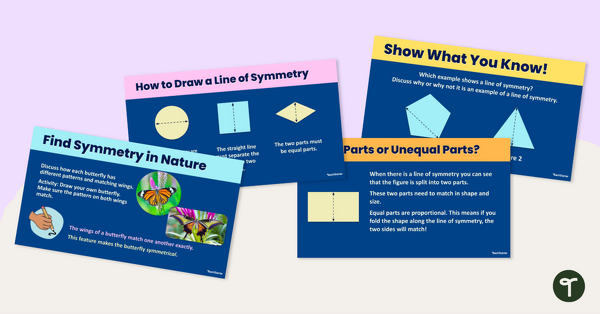A crossword with clues for both 2D and 3D shapes.
Use this crossword to review the various shapes and their properties.
The solutions are provided on the second page.
Updated: 20 Jun 2023
A crossword with clues for both 2D and 3D shapes.
Non-Editable: PDF
Pages: 2 Pages
Grades: 3 - 5
Tag #TeachStarter on Instagram for a chance to be featured!


A crossword with clues for both 2D and 3D shapes.
Use this crossword to review the various shapes and their properties.
The solutions are provided on the second page.

We create premium quality, downloadable teaching resources for primary/elementary school teachers that make classrooms buzz!
Would you like something changed or customised on this resource? While our team makes every effort to complete change suggestions, we can't guarantee that every change will be completed.
Did you spot an error on this resource? Please let us know and we will fix it shortly.
Are you having trouble downloading or viewing this resource? Please try the following steps:
If you are still having difficulty, please visit the Teach Starter Help Desk or contact us .

Review daily calendar, math, literacy, and fine motor skills with a printable kindergarten Busy Binder workbook!

Use a Color by Number Christmas Geometry worksheet to practice classifying 2D and 3D shapes.

Combine Christmas and math with these 2D and 3D Shape Christmas Math Review Task Cards.

Identify 2D and 3D shapes and their attributes with an exciting Christmas Geometry Game!

Use this single-page symmetry worksheet to spark students’ creativity, as they think of and draw shapes which fit the provided lines of symmetry.

Use this simple but effective symmetry worksheet to reinforce the concepts of symmetrical and asymmetrical shapes with your Fourth Grade students.

Help students practice sorting 2D shapes by the number of lines of symmetry using this fun set of mathematics sorting cards.

Introduce your students to the concept of lines of symmetry using this comprehensive and easy-to-understand 12-slide teaching presentation!

Engage your students in a variety of interactive activities all focused on the line of symmetry for 2D shapes.

Assign this lines of symmetry worksheet to your students to check their understanding of the existence of a line of symmetry on various 2D shapes.
0 Comments
Write a review to help other teachers and parents like yourself. If you'd like to request a change to this resource, or report an error, select the corresponding tab above.